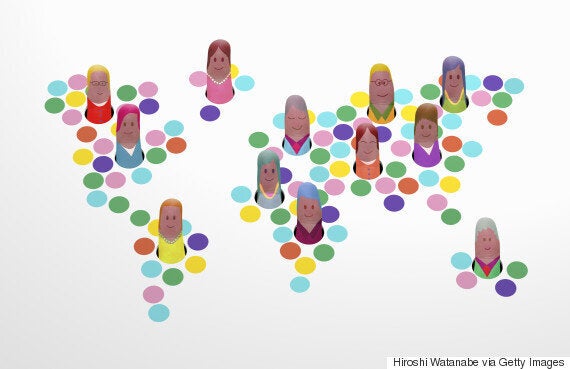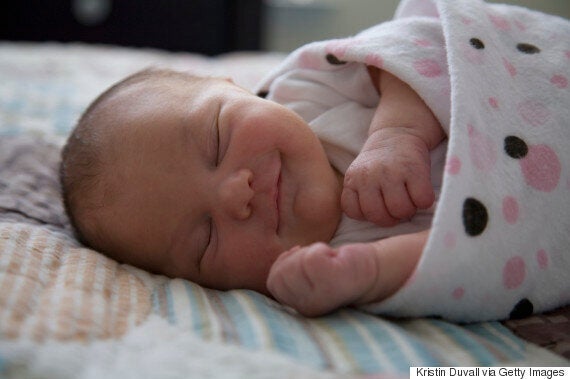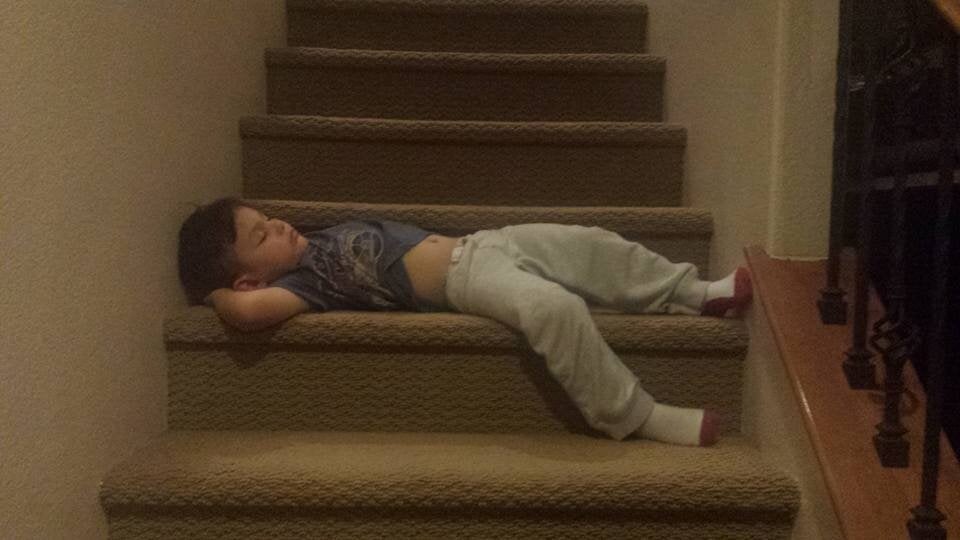We might be advised on when we should start feeding our babies solids, how much sleep they should be getting or when to start reading to them, but few rules are universal and set in stone.
Mark Woods - dad of three to Stan, Louis and Nancy - decided to research the best and most helpful nuggets of information for his book: Planet Parent - The World's Best Ways To Bring Up Your Children.
"While core issues may be the same for parents everywhere, how each country and culture tackle them can be astonishingly different," Woods said.

This is an extract from chapter three of Woods' book: Sleep - do parents everywhere feel this knackered?
Sleep is a powerful drug and entire movements have sprung up, especially in Europe and North America these past decades, to try to help babies see sense when they insist on interrupting their parents’ night of much- needed kip.
The thing is, though, research has shown that not that long ago we all, regardless of our age or location, would have slept in shorter bursts.
So are babies just doing what comes naturally and is it us adults, especially in the West, who are getting out of bed the wrong side and harbouring unrealistically high expectations of a good night’s sleep? Let’s find out.
A major study of 10 countries in 2005 revealed that, while the global average time slept by the study participants was about seven and a half hours a night, the results from individual countries varied from six hours 53 minutes in Japan to eight hours 24 minutes in Portugal.
Over 42% of Brazilians took regular afternoon naps, while only 12% of Japanese had a daytime doze.
Over 32% of Belgians complained of insomnia and other sleep problems, while nearby neighbours Austria saw only 10% of people say the same.
In South Africa, 53% of respondents admitted they regularly used sleep medications, as did 46% of the Portuguese, which perhaps explains why they get such a luxuriant night’s sleep.
So we’ve established that adults vary based on nationality in terms of sleep, but what about children?
A study of almost 30,000 families across the globe found that sleep among infants and toddlers, including naps, varied from 13.3 hours in New Zealand and 12.9 hours in the United States down to just 11.6 hours in Japan.
And average bedtimes for babies ranged from about 7.30pm in New Zealand to 10.45pm. Does it really matter, though, if babies get a few hours less sleep a day here than they do there? It’ll all come out in the wash anyway, won’t it? Other than being exhausting for parents, having a baby who doesn’t sleep all that well can’t do any long- term harm, can it?
Dr Elsie Taveras, chief of general paediatrics at Massachusetts General Hospital for Children, has discovered that it can.
She followed babies every year from six months until they were seven years old and at each visit recorded height, weight, body fat, waist and hip circumference as well as sleep habit information.
What her team found was that, even by seven, children with the worst sleep patterns throughout their young lives so far had the highest rates of obesity and body fat, especially abdominal fat, which is believed to be associated with heart disease and diabetes.
The findings were clear: consistently disrupted sleep throughout childhood can have a cumulative, long-term and hugely detrimental effect on health.

So how in the world should we get this baby to sleep then?
There are some global tricks and tips for getting your baby to snooze that don’t generate much controversy. In Swiss maternity wards, for instance, newborns drift off in Hängematten, hammocks that bounce, rock and swing, and soothe the babies after their perilous journey into the world.
Similarly, Filipina mothers use a duyan woven cradle to gently rock a tired babe until she drops off and her mother places her on the banig, or sleeping mat, for a nice long kip.
The Danes, Finns and Swedes have a long tradition of wrapping up their young and popping them outside for a fresh- air nap in their buggies. In fact, the Danish Health and Medicines Authority goes out of its way to recommend the practice, believing that babies sleep more soundly, eat with more gusto, and are more alert after a bracing outside sleep.
SEE ALSO:
Eight Pieces Of Advice To Help Sleep Deprived Parents Cope
Parents Use Simple iPhone Swipe To Put Their Son To Sleep... And It Works
Then there’s another Swedish tradition, known locally as ‘buffing’. Parents lie their baby stomach down and then buff the baby’s bottom, patting it firmly in a rhythmic motion until the child drifts off to sleep.
The rhythmic bum patting is believed to bring back memories of the motion in the womb and provides a sense of security and safety, which brings with it some serious ZZZZZs.
Aside from these localised variations, though, it isn’t an exaggeration to suggest that the world is split on how best to get our babies to sleep.
You’d think that after the six or seven million years we’ve been evolving as a species we’d have nailed something as fundamental and apparently simple as this, but not a bit of it.
The whole world of baby sleep has turned into an ideological battlefield in recent years, with the front line being largely in northern Europe, North America and Australia.
On one side you have the co-sleepers and in the other the sleep trainers.
For the overwhelming majority of mothers and babies on the planet today, co-sleeping is an unquestioned fact of life. In much of southern Europe, Asia, Africa and Central and South America, mothers and babies sleep in the same bed, with many doing so until the babies are weaned and many more carrying on for long after that too.
There are differing styles and cultural quirks to be found, of course. Japanese parents often sleep in proximity with their children until they are three years old; in the Philippines and Vietnam some parents sleep with their baby in a hammock next to the bed. Others place their baby in a wicker basket in the bed between the two parents.
There are plenty of co-sleeping advocates in northern Europe and North America too, of course, who point not only to its geographical dominance as a method, but also to claims that it leads to more independent, confident or outgoing children because of the bonds it builds and that the emotional security it fosters even results in children with higher self-esteem.
Why mess around with millennia of sleep technique? Well, there are a number of factors, it seems, that made certain parts of the western world look elsewhere.
Firstly, co-sleeping and the often on-demand breastfeeding that can accompany it make huge demands on the mother. And while the baby may be in heaven, snoozing and dozing next to the person they love more than any other, for mothers, and indeed fathers, co-sleeping in the same bed or even room can often lead to very poor quality and fitful sleep.
When one parent – or increasingly, in many industrialised economies, both – has to be up and out to work in the morning, this idyll starts to feel a lot less idyllic.
Proponents believe that sleep training is the swiftest way to teach good sleep habits and have a calm, well- rested baby, as well as crucially providing an environment in which the whole family can sleep.
The theory goes that in the modern world where everyone increasingly needs to work, a happy rested mum and dad will result in a happy baby, even if it was initially tough to make it happen. There’s even early research to suggest that sleep training leads to less postnatal depression among mothers.
To read more about parenting tips around the world, buy the Planet Parent book here.
